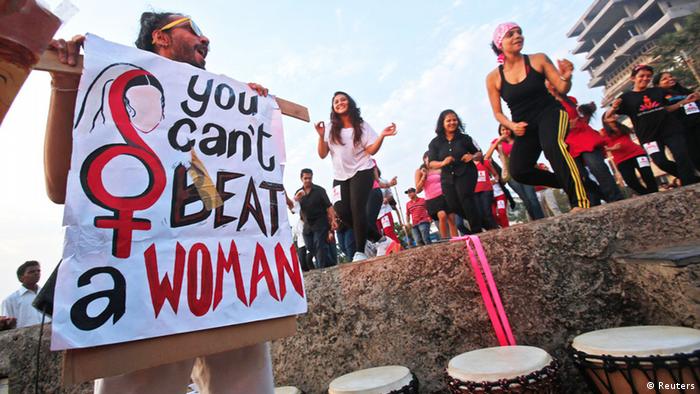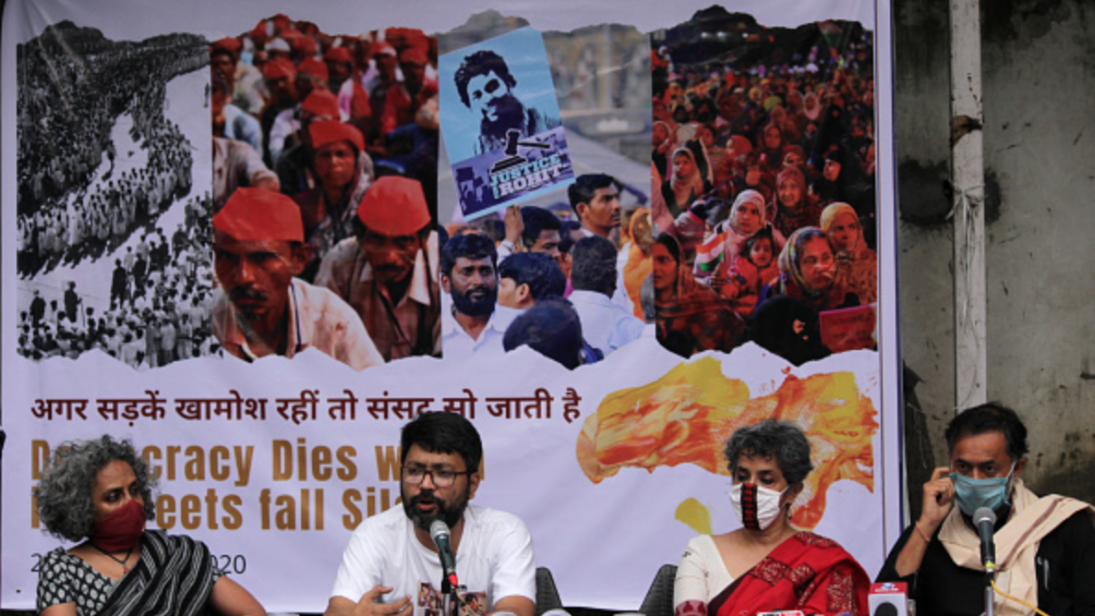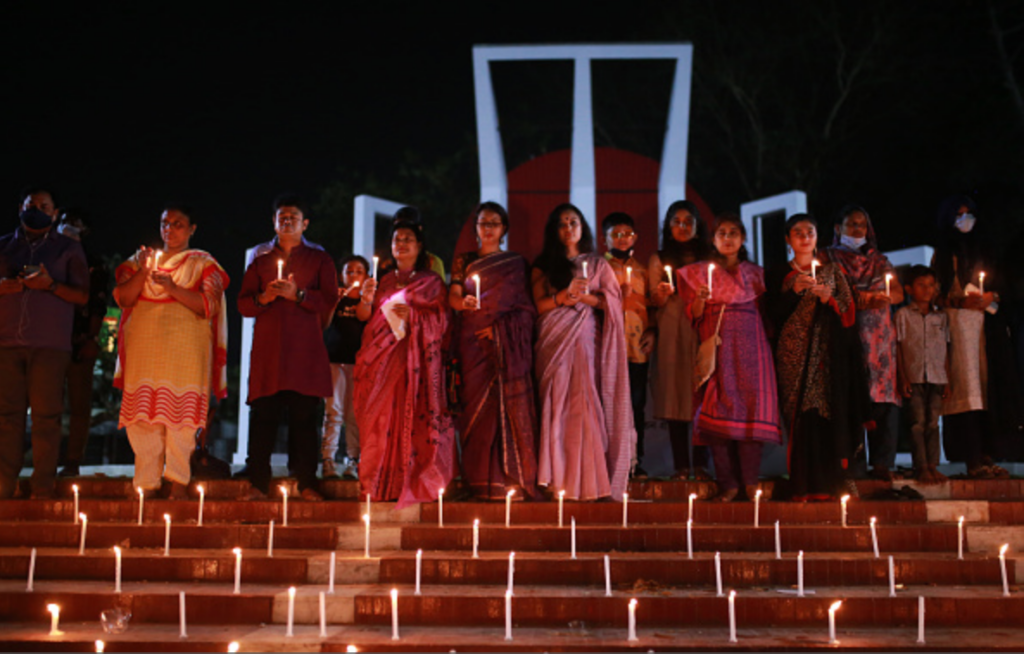Foreign Policy On Women And Anti-Authoritarianism In South Asia

” I see nothing great or insolvable about expressing our commitment to globalization rather of independence. And I’ve no difficulty in admitting that in these fleetly negotiating days and the growing understanding of the concinnity of all humanity, we must realize that our nation mustn’t intrude with transnational development.” Chattopadhyay
Authoritarianism in South Asia
There’s no foreign policy frame that fights for women’s rights in general. Different countries have espoused the FFP frame with different pretensions embedded in their own approaches. This brings us to the question, What’s the transnational policy that fights for women’s rights? The Center for Feminist Foreign Policy defines the FFP as a political reality that focuses on the well- being of the underprivileged and that combines all forms of oppression from ancestral forces, social rule, divisions, capitalism, racism, imperialism and the service, by furnishing an indispensable way of redefining- intersectional. Safety from the point of view of the most vulnerable people.
In considering South Asia and the FFP, one must keep in mind that moment’s liberal world is a patriarchal center, a “ mannish world. ” It’s a patriarchal institution bedded in the gender history of manly domination in the public sphere, with the requirements of women long prostrating through social/ private divisions. The challenge is to pursue government- grounded approaches to espousing women’s testament in transnational policy and practice.
One must flash back that moment’s liberal state is the center of the papas , “ the mannish conglomerate. ”

Encyclopedically, there have been a number of progress cases in which businesses have interposed in the fight against violence against women. These include the ratification of corner UN conventions similar as the Convention on the Elimination of All Forms of Demarcation against Women( CEDAW), the protestation of the Elimination of Violence Against Women( DEVAW) and UN Security Council Resolution 1325. These are all products of women’s juggernauts against gender- grounded violence. nonetheless, pressures remain over the extent to which the feminist docket can calculate on the veritably “ institutions that define men’s tactics to challenge gender inequality. ”
Understanding this pressure is pivotal to imaging the eventuality of foreign policy for women in South Asia as indigenous downturns and the deteriorating popular state continue to strengthen the patriarchal earth of the state. The epidemic has accelerated this process by furnishing the government with smoking defenses with drastic measures to check civil liberties, demurrers and increased state of affairs. The ongoing corrosion of republic isn’t a clear suggestion of the future of women. In the pursuit of the future of women’s foreign policy in South Asia, women actors must also question the real state of republic in the region the struggle for republic and the struggle for women’s foreign policy go hand in hand.

To probe state power through feminism
FFP provides competitive tools with” small nation”. Hyperactive- nationalized nations use a variety of tools, called unity, to attack” commodity additional” to rally support for a larger group. In their hunt to discipline those who don’t fall into the trap of “ we, ” the nationalist nations deprive all opposers of their abecedarian mortal rights guaranteed in indigenous republic. In their plots toward “ greatness, ” the hyperactive-nationalist regions denigrate the whole process of mortal quality.
Fighting for republic and fighting for foreign policy that fights for women’s rights go hand in hand.
In foreign policy converse, similar acts of suppression are frequently covered under the lihaaf of the Westphalian monarchy. For illustration, as Dipti Tamang points out, when India commits itself to maintaining transnational peace while classifying conflicts in its home as” legal and orderly problems” or” political disturbances,” thereby denying the actuality of conflict. This denial dispels both the conflict and its counteraccusations for gender identity that are frequently hidden in the global policy statement Women, Peace and Security.
The FFP will oppose this redundancy
By demanding responsibility, although it occasionally emphasizes the cost of accommodations because” foreign policy for women mustn’t be politically motivated if it’s to bring about change.” Any FFP should ask for such a abdication and its contrivers need to be active intercessors who open the doors for women community leaders outside the public capital to join the dialogue. This will include fostering a strong dialogue on feminism that provides not only to government but to the pledge of a feminist future that works to annihilate all forms of manly heroism.
Throughout South Asia, traces of ethnical and ethnical conflict have varied this is an suggestion of the unstable and distinct indigenous trends, as each country boasts of its own post-colonial history. Although in some countries, the disquisition of women’s rights by state was unseasonable due to” state and its cooperation with fundamentalism” and fortified conflicts that put women’s rights activists in direct battle with the state, in others these controversies have been delayed.
Still, this doesn’t abstract from the power and continuity of the anti-feminist movement on the perimeters that has challenged the “ public chastity ” that frequently builds public security. public security has also come a important tool frequently used by the service to silence differing voices. It’s important that any truly transformative view of FFP includes words that are undermined by hyperactive- securitized, state majoritarian made in state in discussion.
Foreign policy for women isn’t possible without women’s domination. It’s important that the arising speech of the FFP of South Asia act with caution and see the state with dubitation
. A successful FFP should go beyond simply bringing further women to the table- although that’s an important part of the process. It must precisely consider the different orders( class, order, race, region, religion, etc.) that determine who can pierce the table and what voices fighting for women’s rights are left before. It must push for active listening, and also take care to fete the peace that undermines the nature of foreign policy- dominated foreign policy.
Thus, the South Asian FFP road must be committed to addressing postcolonial state colonialism and the surpluses that continue to expose its most vulnerable people. South Asian FFP can not be just a ornamental garment on old injuries. rather, it should cool down by drastically changing transnational relations as we understand it moment. The FFP should initiate a dialogue on common South Asian covenants that don’t have a commitment to responsibility and care, not only in transnational forums but also for the very people the governments claim to represent. Feminism can not be a precursor to foreign policy. It’s an act, and should be the Foreign Policy for Women.





